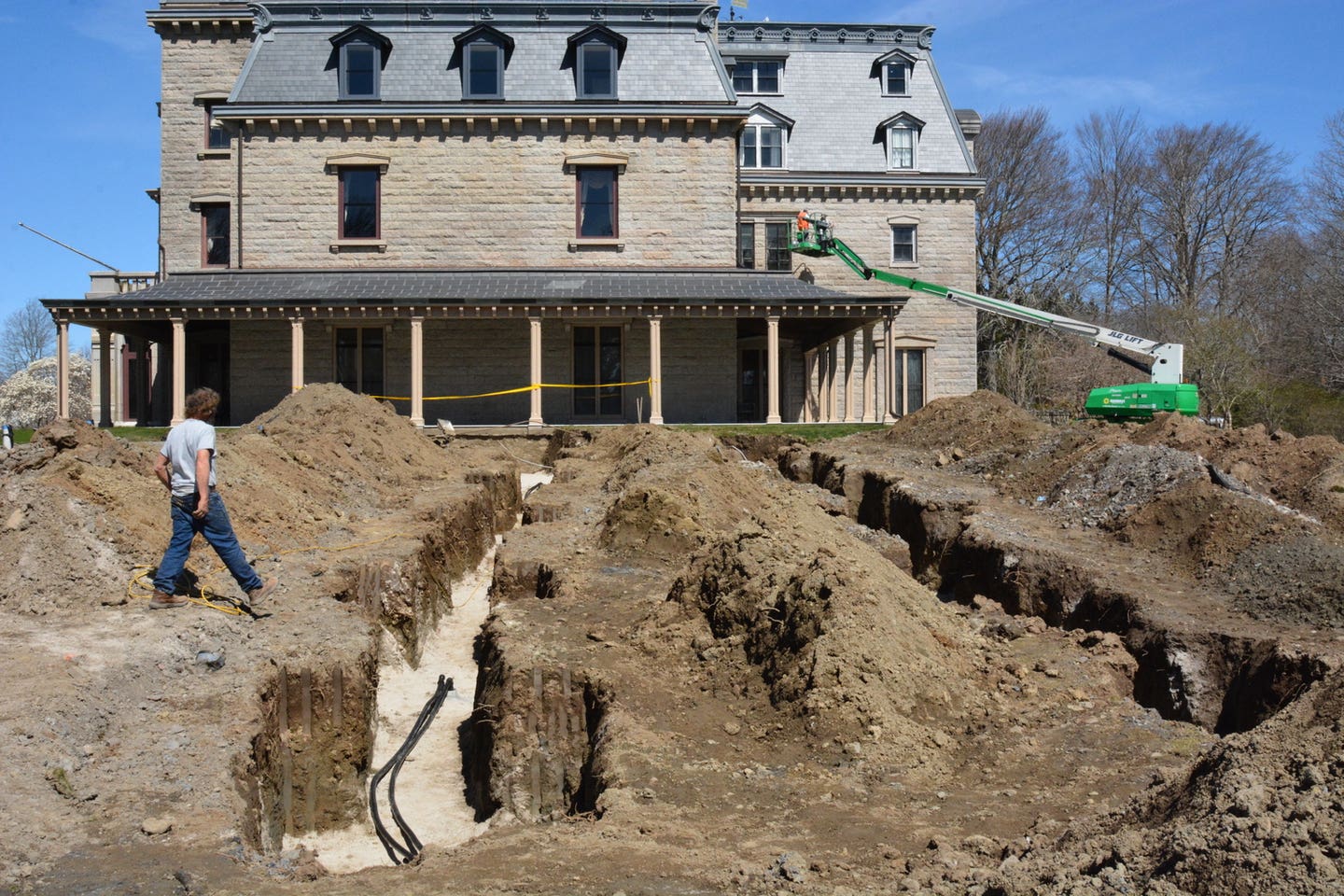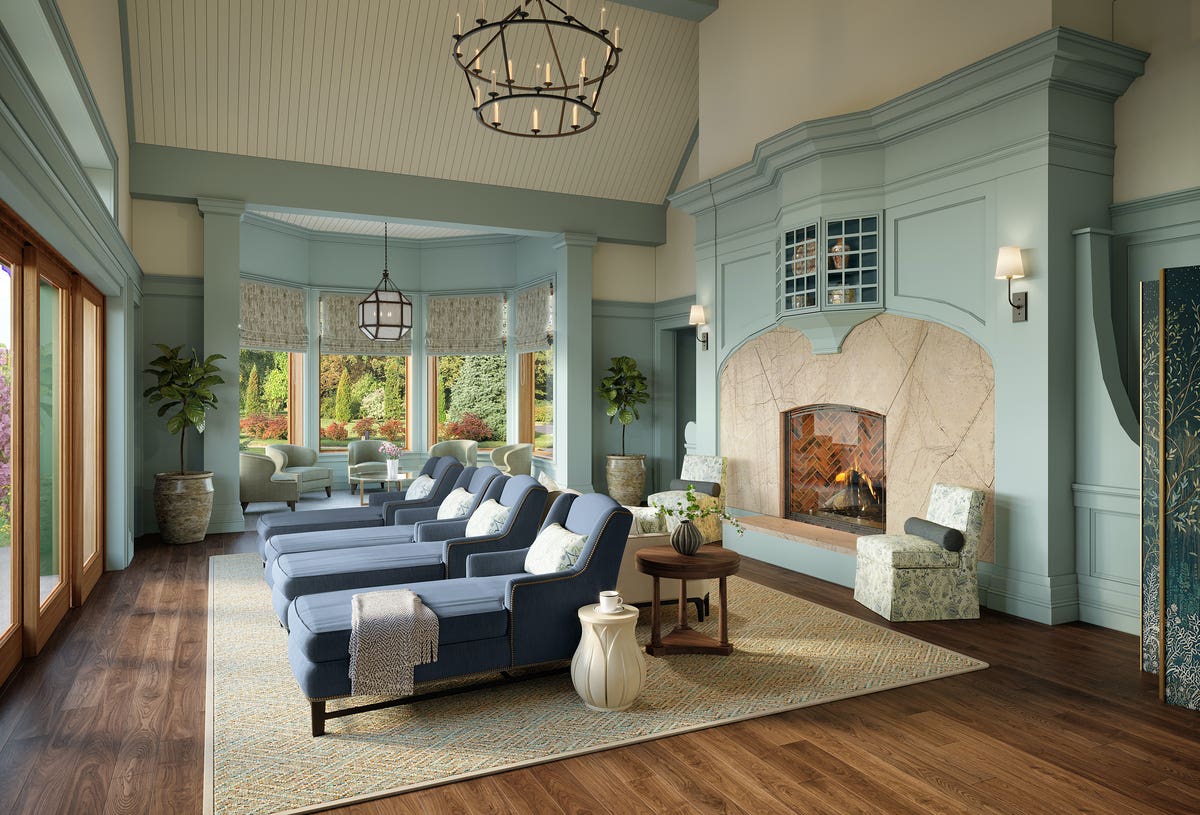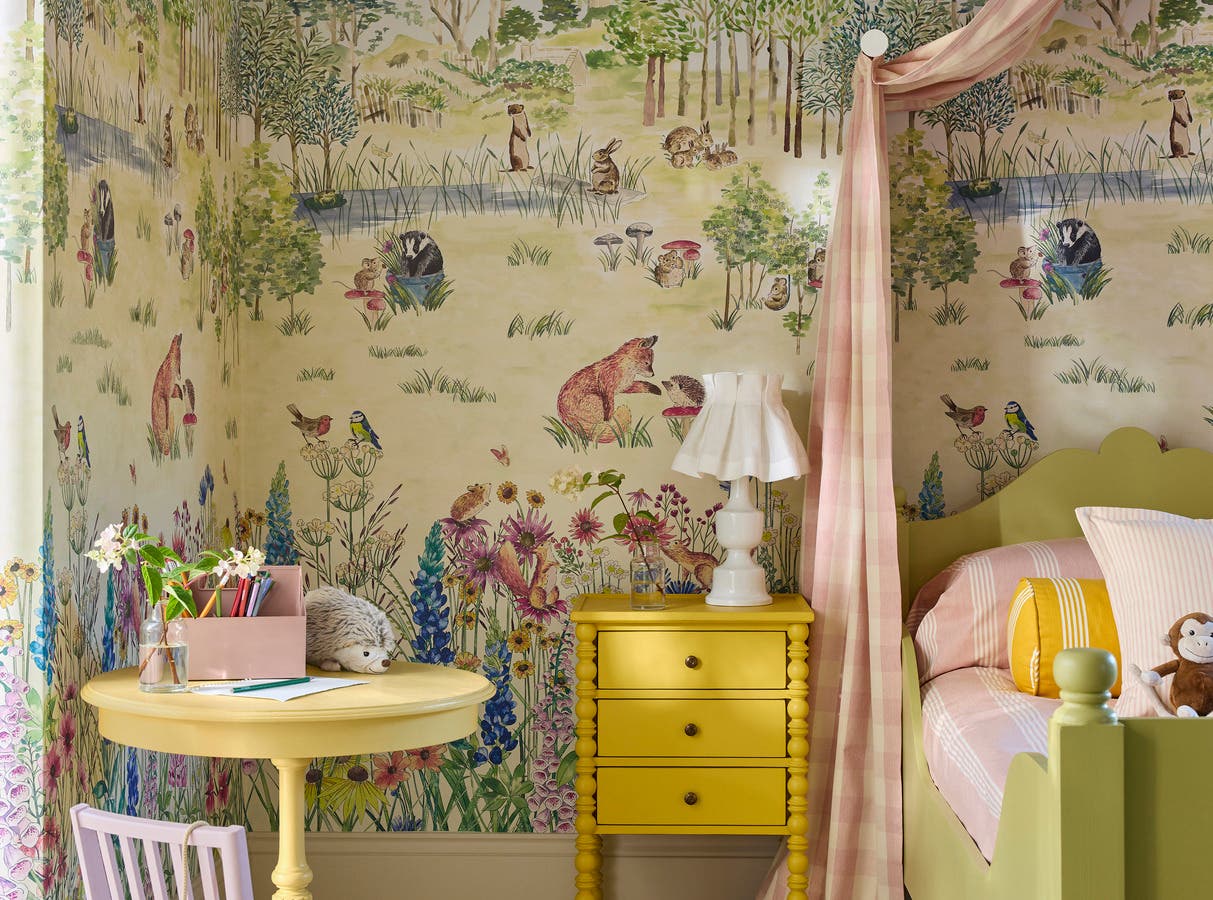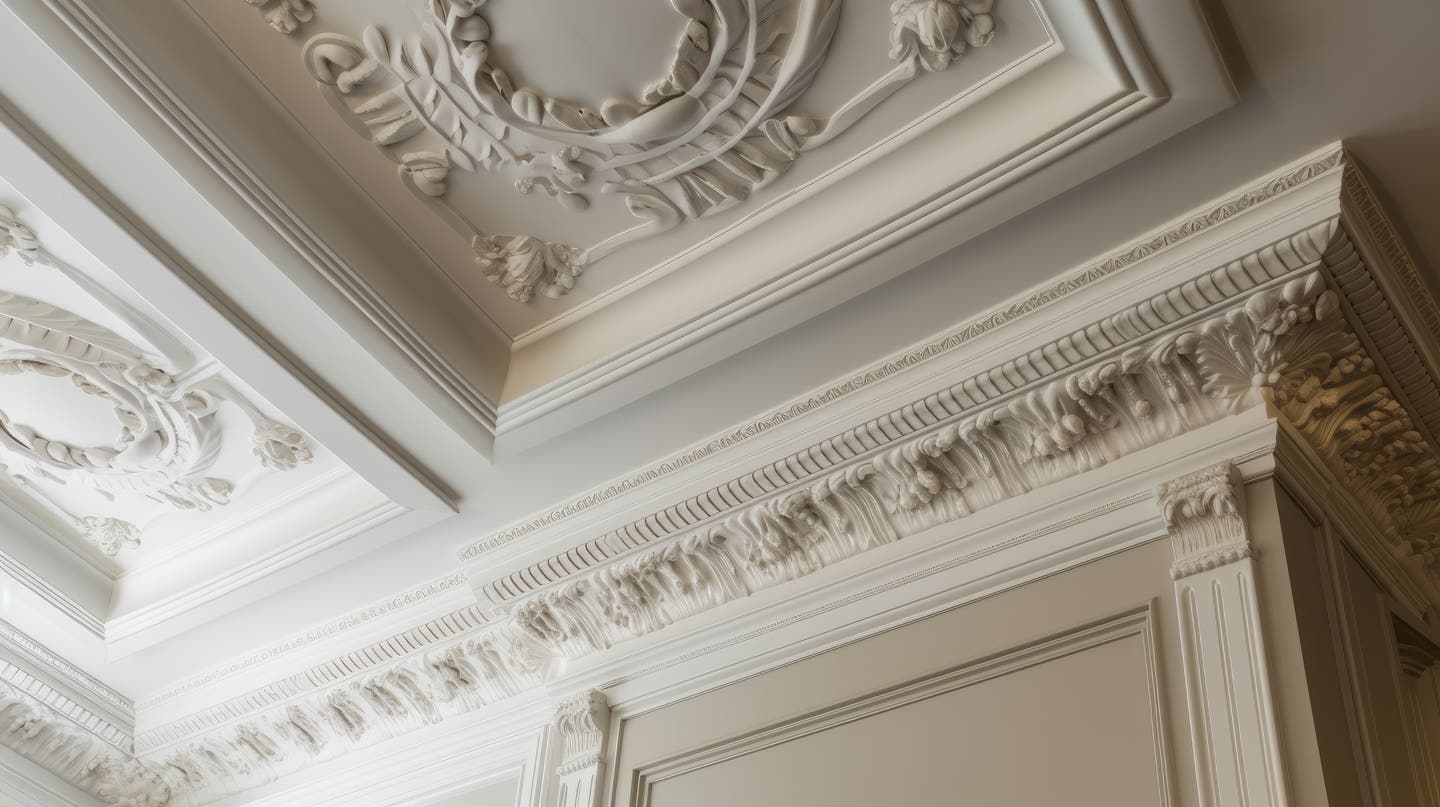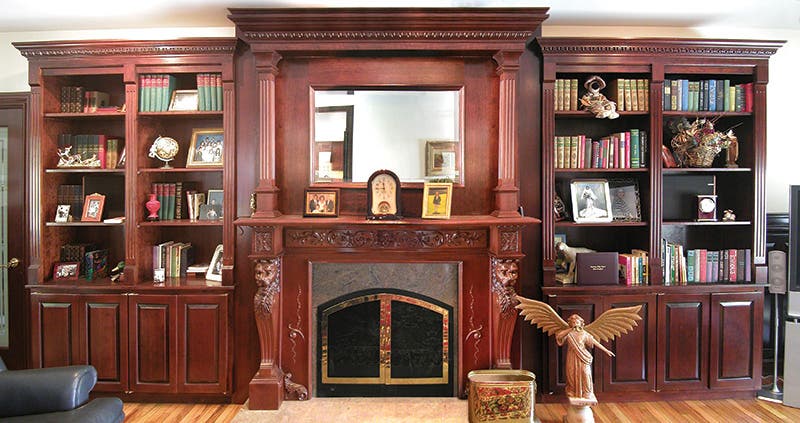
Product Reports
Architectural Antiques for the New Period Home
In his book Creating a New Old House, Russell Versaci encourages the use of architectural antiques in the design of new traditionally styled homes: “Salvaged building parts – such as doors, mantelpieces, and light fixtures – preserve a bit of history tempered by time.… Salvaged elements are details for authenticity.”
Always popular for restoration projects, architectural antiques are just as likely to be procured for new construction projects. In these cases, however, special consideration needs to go into the selection of the antiques, as well as the design of the house, in order to integrate the two seamlessly. Multiple issues – primarily period and style, but also size, weight, material, orientation and installation – must be addressed in order to achieve the correct styling.
Attraction to Antiques
Owner of Atlanta, GA-based Metropolitan Artifacts Bruce Cusmano explains that the interest in antiques concerns aesthetics and comfort: “Some people want instant lineage. Many builders will put in a $75 door from Home Depot, but it doesn’t give the house any character, whereas antique pieces can make a house look like it has been there forever.”
The 25-year-old firm offers architectural elements such as entry doors, door hardware, mantels and ornamental ironwork. “These are substantial items that heavily influence the house’s appearance and enhance its curb appeal,” says Cusmano.
Patrick Mizelle, a salesperson at another Atlanta firm, Architectural Accents, says that the quality of the work and materials is often superior in comparison to architectural elements manufactured today. Architectural Accents supplies antique doors, ironwork, stained glass, chandeliers, mantels, columns and hardware, among other elements. “Antiques are unique,” Mizelle says. “In the age of prefab houses, that’s a big issue.” He adds, “As Coco Chanel said, ‘You can always cheat on the dress, but never on the accessories.’”
Mark Charry, owner of Architectural Antiques Exchange in Philadelphia, PA, says that many of his clients turn to his shop after they were dissatisfied by a subcontractor’s offering. “Say someone needs a great mantel for a prominent spot,” Charry explains. “Typically, he or she will get a bid from the subcontractor, but won’t be happy with the generic design. Most people find us after an experience similar to this.” Architectural Antiques Exchange supplies doors, ironwork, stained glass, lighting and English- and Irish-style bars, as well as mantels.
Issues with Integrating Architectural Antiques
Architects, builders and interior designers are often involved from the beginning to facilitate the selection process. The chief reason for a professional’s involvement is because there are many factors that can determine whether an antique element is usable or not. With a new home, this shouldn’t be an issue, because the architect can design around the antiques. All of the firms agree that the best-case scenario is to catch the homeowner early in the planning process in order to make sure that the elements can be incorporated into the house as easily as possible. Unfortunately, Charry finds that half of the people are looking for these elements at crunch time, “after the ceiling and door heights have been determined,” he says. “These people are very limited in their selection, due to these restrictions.”
Architectural Accents works mostly with people who know to come in during the early stages of the design process. “It’s a high-end business and our clients are reasonably sophisticated,” says Mizelle. “If we get clients at the design stage, we can offer them 30 appropriate mantels or more, whereas there might be only a few options available to them for an already-built room.”
“Ideally,” Charry says, “a client should buy everything he or she wants early in the process. The few items that aren’t used can be sold back, but the majority of the pieces can be incorporated. More time and money will be spent looking for items to fit into a home that is already built or far along, because of the size issues.”
While Cusmano agrees with the other firms that it’s best if clients pick out antiques before construction commences, he doen’t encourage people to buy everything at once. “The homeowner should choose the entry doors, and then come back for the staircase after seeing how the doors might relate to it,” he says.
Even those searching with time to spare need to be aware of the differences between antique and new elements. “We get most of our clients early on, before they’ve even broken ground,” says Cusmano, “but that doesn’t mean that the items can be fit into a new house effortlessly.” Metropolitan Artifacts works with its clients sometimes for months on end. “I look at blueprints so that each piece will fit properly and provide drawings of the antiques so that the architect or builder can make the necessary adjustments to the framework,” says Cusmano.
Metropolitan Artifacts’ drawings play a prominent role when architects or builders are not able to be present at the architectural antiques showroom. The drawings allow them to plan ahead. The homeowner can also take photos and measurements to consult with the architect later. “It is terribly important that [the architect] knows what to anticipate,” says Cusmano. “Our doors, for instance, are taller and heavier than standard doors today and the structure supporting the door must be stronger to accommodate the significant weight.”
Solid-wood, iron and bronze entry doors from France and the U.S. are among Metropolitan Artifacts’ most popular items, but are some of the hardest elements to adapt to a new construction. The standard 6¾-ft.-tall x 36-in.-wide opening for a door won’t be large enough for the majority of the antique doors. “Doors aren’t the standard sizes that architects draw,” says Charry. Cusmano agrees: “Builders don’t understand that they can exceed 6¾ ft. We say, eliminate the sidelites and transom from Home Depot and then you can fit a pair of antique doors.” Similarly, antique mantels and even Architectural Antiques Exchange’s pubs are also often too large for today’s homes.
The way to accommodate doors or mantels that are too tall is debatable. Metropolitan Artifacts offers custom restoration services to modify the antique for its specific location, but refuses to make significant changes that would compromise the structure or visual integrity of the item. One of Cusmano’s mottos is: “Change the house before changing the doors.” Architectural Antiques Exchange and Architectural Accents, on the other hand, will make alterations to fit pieces into a room. “We’ll personally inspect the antique and, to make it easier, some of the alterations can happen in-house,” says Charry. Mizelle says, however, that Architectural Accents won’t make any alterations that would make an antique structurally unsound or ruin the proportions.
Carpenters or builders on-site could also make adjustments, but most antiques suppliers offer restoration services and feel that often they are more qualified to do the work. “Many builders can’t do this,” says Cusmano, “but we specialize in antiques and know how to treat the pieces.” Or else, Charry says, “it becomes very important to find a builder with some understanding of how old things work and what preparations to make and precautions to take for installing them.” All three architectural antiques companies will prepare the antique for installation, which might involve, for a door, stripping old paint down to the wood, building a jamb, replacing the old glass with tempered glass in order to meet building code, doing the hinge work and matching hardware to the door. “We prepare for its afterlife,” says Cusmano.
Whether one is searching with time to spare or within an abbreviated timeframe, architects and builders should encourage homeowners to communicate their interest in incorporating architectural antiques even if the elements aren’t yet picked out. “The architects may be able to design with some leeway so that a number of different things could be fit in,” Charry says.
Sample Settings
A lot of thought and planning needs to go into choosing architectural antiques for a new home, but it does not need to be a drawn-out process. Clients from Arizona chose a number of antique elements from Architectural Antiques Exchange’s web site and flew to the store with their designer within days. At the shop, they took photos, purchased some of the items they had chosen from the web site as well as some additional items. “We shipped them out immediately,” says Charry. “It all happened in a matter of days.”
Sometimes, it comes down to the timing, as clients of Metropolitan Artifacts found out. “Someone called looking for stair and balcony railings for his main hall,” recounts Cusmano. “I was taking down some measurements and getting an idea of his style and material preferences, when I realized I might have the perfect ironwork for him.” The antiques firm had acquired a lot of ornamental ironwork from the 1983 renovation of the 74-year-old Chicago Paramount Theatre, including pieces with the initial ‘p’ amongst the decorative scrollwork. “When I found out the family’s last name began with the letter ‘p,’ I was overjoyed,” says Cusmano. “It was as if the railings were made for him.”
Very rarely do most architectural antiques firms have the opportunity to create an entire house with antiques from their showroom, but Architectural Accents regularly does just that for clients from New York to California. After a new house north of Atlanta was about 75% complete, the homeowners realized that it was not living up to the French Country style they wanted. Architectural Accents, which has an architect in residence, stepped in. “We ended up restyling the house,” says Mizelle. “We corrected the pitch of the roof and redid everything from the kitchen to the bedrooms so that the home had an authentic French flavor. We supplied correctly proportioned windows, mantels, garage and entry doors, carved lintels above the windows, roof dormers and many other antique elements to complete the house. Rescue missions are possible, but to be in at the beginning allows for infinitely more possibilities.”
Using architectural antique elements in the construction of a new home is an attainable and credible way to add authenticity to a new design. Salvage companies offer an extensive assortment of products, allowing the architect and homeowner an almost infinite choice in designing, as Versaci says, “a new old house.”



